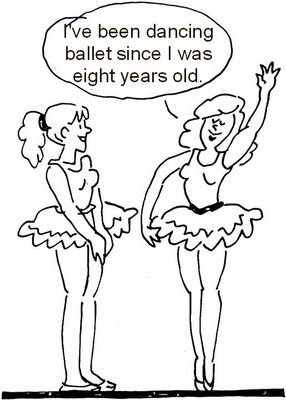Present Perfect vs Present Perfect Continuous
In the English language, there are three main tenses: present, past, and future. Under the present tense, there are four different tenses, namely simple present, present continuous, present perfect, and present perfect continuous. This article focuses on the difference between present perfect and present perfect continuous tenses.
What is Present Perfect?
The present perfect tense is constructed using the auxiliary verb “have” along with the past participle of the given verb. “Have” is used with plural subjects, while “has” is used with singular subjects. For example:
– I have completed the work.
– We have arranged the books.
– She has opened a window.
Present perfect tense is used to indicate that something has just happened or to talk about events or past actions that are completely finished. For example:
– I could not go to the stadium because I have broken my leg.
– The government has declared Monday a holiday.
What is Present Perfect Continuous?
The present perfect continuous tense, on the other hand, indicates that something has been happening, often at the time of speaking. For example:
– It has been raining since morning.
The formula for present perfect continuous tense is “Has/Have + been + present participle of the given verb (or verb+ing)”. For example:
– She has been waiting for the bus since 8.00 o’clock.
– They have been learning English since they were three.
This tense describes an action that was happening at regular intervals at the time of speaking. For example:
– I have been reading some of Tennyson’s poetry.
Key Takeaways
- Present perfect tense is formed with “Has/Have + past participle of the given verb”, while present perfect continuous tense is formed with “Has/Have + been + present participle of the given verb”.
- Present perfect tense indicates that something has just happened or refers to past actions that are completely finished, while present perfect continuous tense indicates that something has been happening, often at the time of speaking.
- Present perfect continuous tense describes an action that was happening at regular intervals at the time of speaking.
